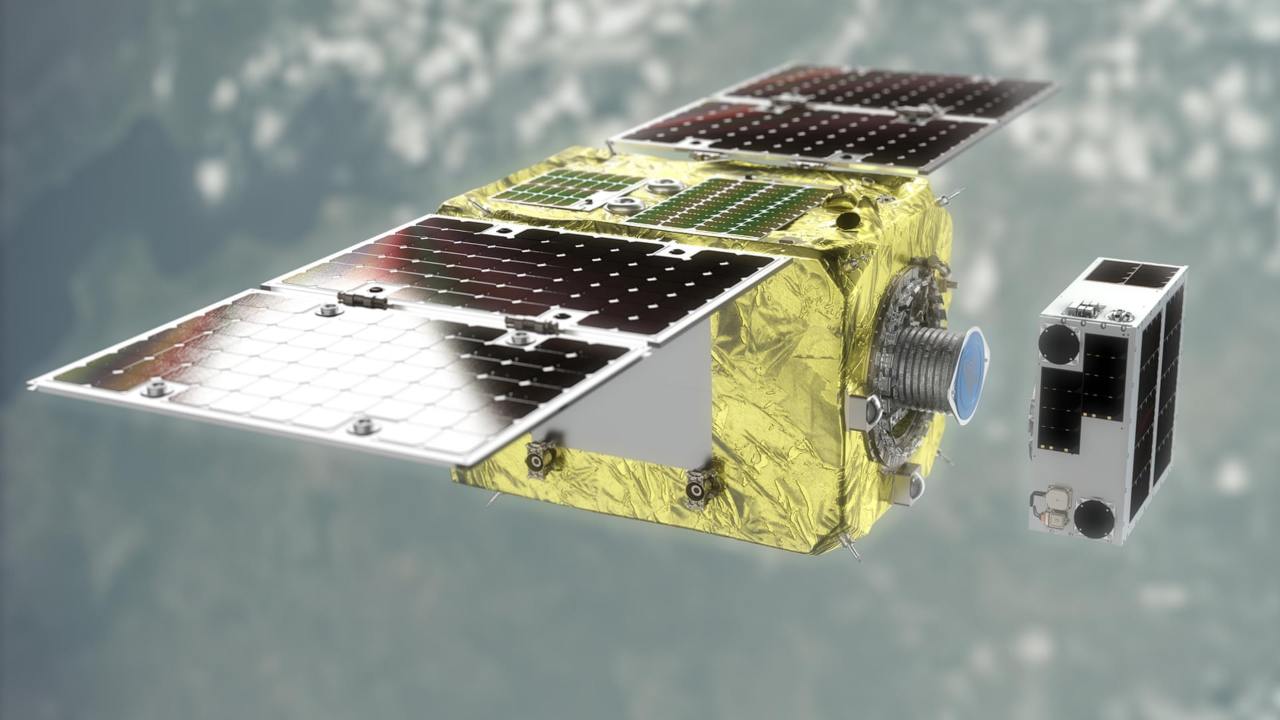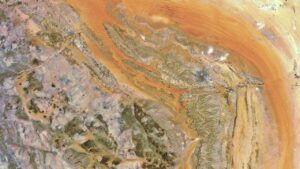FP TrendingMar 22, 2021 09:38:41 IST
Japan-UK based company Astroscale is all set to launch a mission aimed at removal of debris from Earth’s orbit. A service under the “End-of-Life Services” offerings by Astroscale, the technology demonstration dubbed Elsa-d is being touted as the world’s first commercial mission for the demonstration of the space debris removal system. The mission, slated to launch on Saturday, 22 March at 6.07 am GMT (11.37 am IST), from the Baikonur Cosmodrome in Kazakhstan, will be managed out of the In-orbit Servicing Control Centre (IOCC) at the Satellite Applications Catapult in Harwel, UK.
The unused man-made objects revolving in Earth’s orbit are called space debris. The removal of unwanted junk from orbit will eliminate the risk of collision between new and old satellites. This lowers the risk of exponential damage that could come from an unpredictable collision in the tightly-monitored and -regulated low-Earth orbit, where the vast majority of Earth’s artificial satellites are placed.
Our ELSA-d launch has been rescheduled for March 22, 06:07 UTC. We’re ready! Watch the livestream:https://t.co/6HoomHCFzw#GoELSAd pic.twitter.com/HSV8oZPWiX
— Astroscale (@astroscale_HQ) March 21, 2021

Elsa-d ESA says approximately 9,200 tonnes of debris in orbit. Image: Astroscale/PA
Elsa-d is reportedly a small satellite comprising a 17-kg client satellite and a 175-kg service spacecraft. Together, they are designed to find, intersect with and clamp on to a potentially unwanted satellite. Post this, it pushes the unwanted satellite into the Earth’s atmosphere, where it burns up. As a part of the mission, Elsa-d will use a smaller spacecraft for the demonstration purpose. The spacecraft will act as a piece of the debris to capture scenarios before it burns up.
The National Aeronautics and Space Administration (NASA) had earlier estimated that more than 20,000 pieces of debris are currently orbiting the Earth. These pieces move at a speed of 28,163 kmph (17,500 mph) and are enough to damage a satellite or a spacecraft.
Also read: ESA signs 102 million dollar deal with Swiss startup to bring back space junk

Space debris can be dangerous for other objects in space.
The US Space Surveillance Network is supposedly tracking over 28,000 pieces of debris, in addition to 3,600 working satellites in low-Earth orbit, as an estimation by the European Space Agency. Satellite internet providers like OneWeb and SpaceX are looking to launch tens of thousands of satellites in the next decade. This makes space debris removal a top priority for both public and private space industry, to ensure that satellites and the space-based services they enable are unaffected by accidental collisions in orbit.










